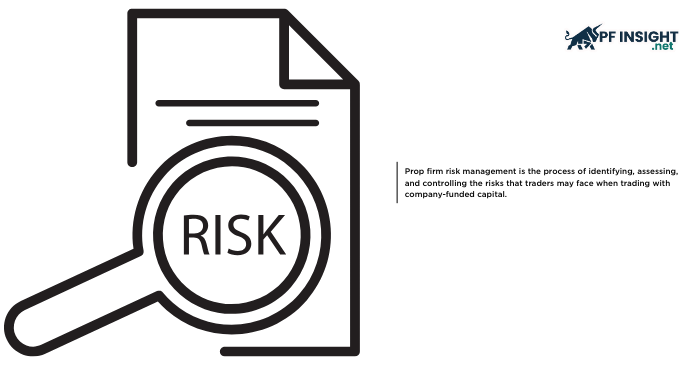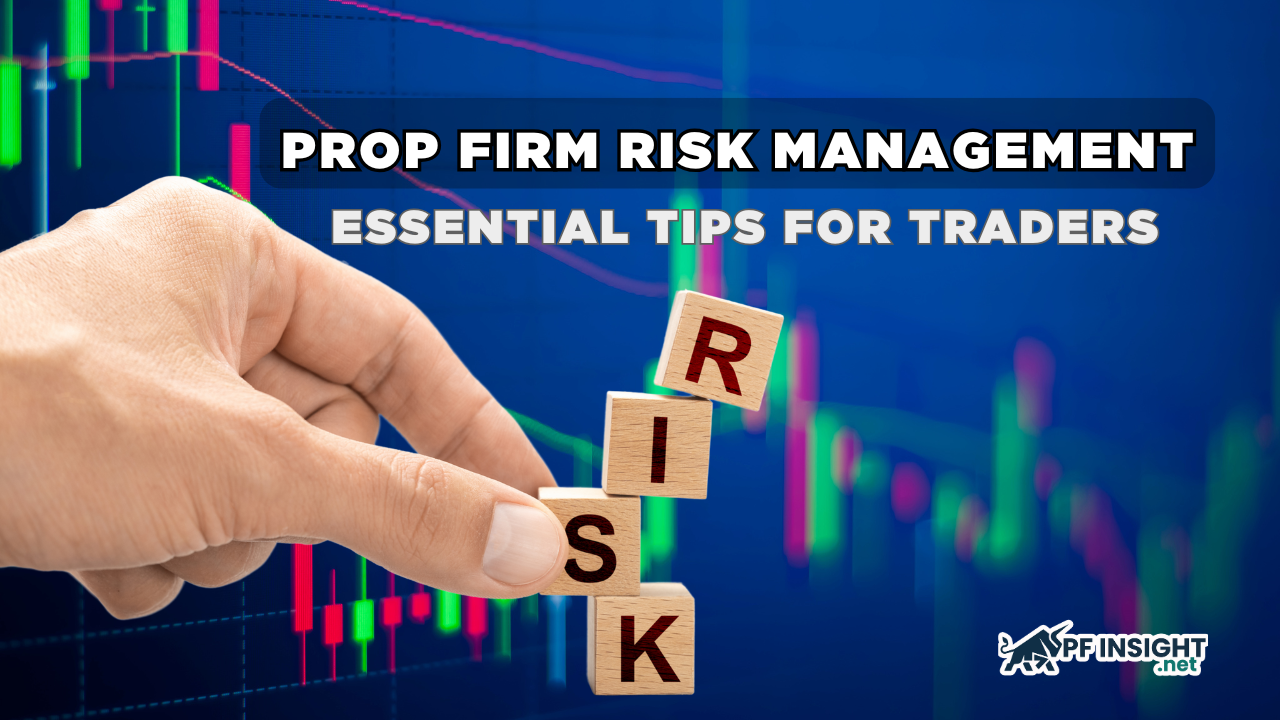Prop firm risk is one of the most overlooked yet crucial aspects of modern trading. Prop firm trading, which enables traders to grow up by using company-funded money rather than their own, has become a significant trend in today’s financial markets. This strategy eases financial strain and provides access to more opportunities, but it also carries a number of risks that many novices tend to overlook.
In actuality, the majority of traders fail prop firm challenges because they are unaware of the hazards involved with this model, which range from stringent trading regulations to a business’s transparency and compensation structure, rather than because their methods are flawed.
This article by Pfinsight.net will help you understand the true nature of prop firm risks and how to manage them effectively, so you can not only pass the challenges but also maintain your funded account consistently over the long term.
- Prop Firm rules explained: What every trader must know
- Understanding prop firm profit analytics for smarter trading
- Prop Firm challenge mistakes every trader should avoid
What is prop firm risk management?
Prop firm risk management is the process of identifying, assessing, and controlling the risks that traders may face when trading with company-funded capital. In contrast to standard market risk, risks in prop businesses also stem from the internal organization and operational guidelines of the company.

Understanding the firm’s policies, payout processes, dependability, and even the psychological aspects of trading other people’s money are all important aspects of risk management in this situation, in addition to minimizing losses and placing stop-loss orders.
The ultimate goal of risk management is not merely to “pass the challenge” once, but to maintain a stable and consistently profitable funded account over the long term.
The main types of risks in prop firm trading
When trading with a prop firm, you’re operating within a complex ecosystem where risks come not only from the market itself but also from the company’s internal operations. Below are the four most common types of risks every trader should understand clearly.
Operational risks – Risks from the company’s operations
These are risks related to the internal functioning of a prop firm. Some companies may:
- Change payout terms without prior notice.
- Shut down or suspend operations suddenly.
- Face issues with account verification or delayed payouts.
Many traders lose their funded accounts not because of poor trading performance, but due to the firm’s lack of transparency or operational instability.
Rule-related risks – Risks from trading rules
Every prop firm has its own set of rules, and most traders fail due to violating them.
Common rules include:
- Daily loss limit: Maximum loss allowed per day.
- Max drawdown: The overall loss limit on the account.
- Consistency rules: Profit must be distributed evenly across trading days.
- News trading restriction: Prohibition of trading during major economic events.
Psychological risks – Emotional pressure when trading company funds
The pressure of “not being allowed to lose” often leads traders to overtrade or revenge trade. A small losing streak can quickly result in rule violations.
Market and liquidity risks – Market conditions and execution issues
Even if you follow all the rules, market factors can still cause you to breach limits.
- Spreads may widen or slippage may occur during news releases.
- Some prop firms use non-ECN feeds, resulting in artificial pricing.
How to manage and minimize prop firm risks

Understanding risks is only the first step; the more important part is knowing how to minimize them. Below are some practical strategies to help you manage risk more effectively in a prop firm trading environment.
Evaluate the credibility of the prop firm
Check for valid licenses, payout history, and community reviews (on platforms like Trustpilot, Discord, or Reddit).
Prioritize firms that offer refund policies or no time limit challenges to reduce pressure and risk.
Practice smart capital allocation
Never invest all your funds into a single challenge.
Split your budget across multiple firms to diversify and minimize the chance of total loss if one company encounters issues.
Follow all rules strictly
Set alerts for your daily loss limit and maximum drawdown.
If you’re close to hitting the limit, stop trading immediately instead of trying to “recover.”
Maintain psychological control and discipline
Set realistic goals instead of chasing “huge profits.”
Keep the mindset: protect first, profit later.
Take time to analyze mistakes rather than trying to win back losses impulsively.
Track and evaluate your risk performance
Record the reason behind every losing trade or rule violation.
Monitor your average weekly drawdown and adjust your lot size or risk level accordingly.
Conclusion
In the world of prop firm trading, understanding and managing prop firm risk not only helps you pass challenges but also determines your ability to maintain a funded account in the long run.
Most traders fail not because their strategy is weak, but because they underestimate the risks that come from the prop firm model itself, from strict trading rules and psychological pressure to the firm’s operational risks.
A great trader isn’t the one who wins the most trades but the one who survives the longest in a risk-filled system. Remember, risk management in a prop firm isn’t a secondary step; it’s the foundation of a sustainable trading career.
Make sure you understand prop firm risk completely, set personal risk limits, and select a transparent business before using corporate funds for trading. Sometimes the best course of action in trading is to know when to stop and safeguard your account rather than making a deal.
Read more of our related articles in the Prop Firms section.







